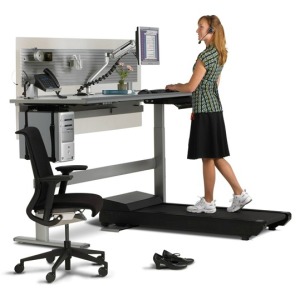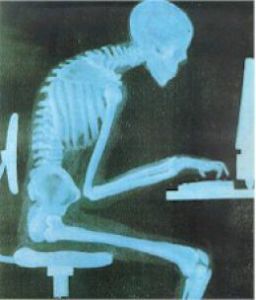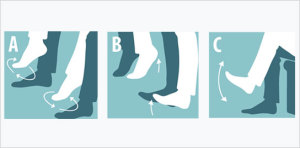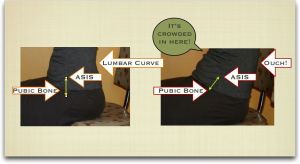Gentle Reader,
People are out pushing limits in team sports or striving for a personal best. What is the best nutrition to enhance the performance of summer athletes? I hike with friends every week. Friends in a high-rise retirement home are logging miles so the combined efforts of the group will total the distance of the Pacific Crest Trail from the border of Mexico to Canada, 2650 miles. Else, who turned 80 last year, leads the pack walking from First Hill to the Seattle waterfront and back up the steep incline several times a week.
My acupuncturist tells me she will participate in the Washington Trails Association Hike-a-thon. She has the awesome goal of hiking 4 days a week during the month of August.
Most of us are into sports because being active is fun, enhances fitness, flexibility and greater longevity. A few sporty people are elite athletes competing at the state, national and international levels. I don’t know about you, but I like to know what the winners do to achieve their results. Perhaps their nutritional practices would help you and me do better. I turned to the Shaklee-fueled Olympic winners to see what helps them get to the top of their game.
Led by pentathelete and Beijing games competitor Eli Bremer, the Shaklee Pure Performance Team is an amazing group of world-class athletes that has been handpicked from a variety of highly competitive sports. They represent Shaklee’s long-term commitment to creating a 100% pure, safe and effective nutrition that gives athletes the healthy edge they need to win at the highest level of competition.
These elite athletes have the most stringent anti-doping regulations in sports, so what they put into their bodies is critically important to them. To make sure they are not only getting the performance and efficacy they need to compete, but also guaranteed quality and purity, these top athletes—who have already won a combined 120 gold, silver and bronze medals at summer and winter games—all choose to use Shaklee.
There are many medal winners whose sports are practiced in the summer. I want to focus on a couple who match the sporting actions of people I know.
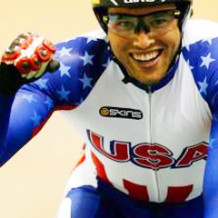
Michael Blatchford’s first true passion, at age 13, was a potentially dangerous and imposing force: the Velodrome in Los Angeles, a 250-meter oval track designed for high-speed cycling that was used during the 1984 Games. But since visiting that track as a young teen, Michael went on to become one of the most dynamic American sprinters on the track circuit.
It’s a truly amazing story because from a young age Michael has suffered from both migraine headaches and asthma. The damage done to his lungs is irreversible and is so bad his doctors say he never should have been able to compete on a bike—especially at a world-class level. He also learned to push his body through the pain of migraines, which not only gave him a higher tolerance for pain that made him a better rider but also diminished the effects the of the headaches themselves.
In 2004, Michael became the first junior to win an elite national title with a sprint victory at the U.S. National Track Championships. He also set a national record at the 2011 Pan American Games in Guadalajara, Mexico, earning a silver medal in the team sprint.
Michael on 12 national championships and was a competitor in 2008 summer games, narrowly missing out on a spot to compete at the 2012 London Games. He has now retired from the world of competitive cycling to complete a long-postponed college degree.
Michael says, “Athletes are responsible for what they put in their bodies; the ideas of health and performance do not stop at just racing.” His favorite Shaklee products are MindWorks, Performance, Physique and Energy Chews.
Not many of my friends row, but my grandson is hooked. He just came back from an extended camp in Pittsburg, one of 30 high school rowers from across the US. This last weekend he raced in Cincinnati in the junior nationals. (see picture at top) Because of him, I want to showcase Shaklee rower Caroline Lynd Shald, teammate on the US Olympic women’s eight gold medalists, London 2012 and Beijing 2008.
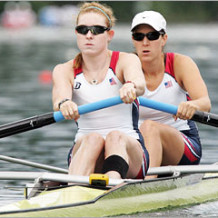
Little did this two-time gold medalist of the Games know that when her mother happened upon an article in The Wall Street Journal proclaiming that there was a large number of rowing scholarships available for women, it would change her life. “When I attended Phillips Andover in high school, rowing was available,” Caroline said. “One week in and I was hooked!”
Flash forward and Caroline is not only on the US national rowing team, she’s also a four-time women’s eight rowing champion at the summer Games and a four-time World Champion. Dedicated to her craft, she practices intensely with her team two to three times a day, six to seven days a week—her least favorite exercise being stationary biking. “Every day as I train with my incredibly talented and powerful teammates they push me to be better, faster, and stronger,” Caroline said.
Caroline says much of her success in rowing has come from overcoming mental obstacles. “When your brain is telling you, ‘Stop! It hurts too much!’ You need to tell it, ‘No! We’re going…and we’re going NOW!’ It’s that moment when you push past the impossible, that you achieve it.”
“When I pulled my indoor rowing machine outside facing the lake and the mountains, I had exactly what I needed: the cool, early evening air, and my Shaklee 180 Energizing Smoothee.”
Caroline’s favorite Shaklee products are Energy chews, Physique, 180 Energizing Smoothees, Enfuselle Sun Block SPF 30 and Performance.
There are swimmers in my family of grandchildren. Hanna is on a swimming scholarship at her college in California, SOKA. Daniel and his sister, Elizabeth and brother, Ian both swam their way through school. Elizabeth continued all four years of Calvin college in Michigan. Many of my readers have swimmers in their family. The Shaklee powered swimmers competed in the most difficult feat of all, the pentathlon. Here’s the story of Dennis Bowsher.
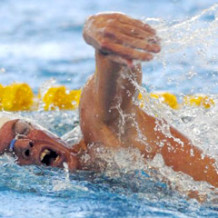
In a sport that thoroughly tests both the mind and body of an athlete, Dennis Bowsher is a force to be reckoned with. He finished fourth-place in the men’s modern pentathlon competition at the 2011 Pan American Games in Guadalajara, Mexico, which qualified him for the 2012 Games in London. The U.S. Army specialist and four-time national champion competed in those Summer Games.
Passionate about competing—and winning—Bowsher was introduced to the sport of pentathlon while still in high school. The modern pentathlon is a five-event competition: pistol shooting, épée fencing, swimming, equestrian show jumping, and cross-country running.
“It takes a lot of commitment to compete at this high level,” says Dennis. “And it is not just in training, the commitment extends to things you do outside of training. Your body and mind are what are going to get you to the goals you set. You have to be doing everything to make sure your mind and body are in tip-top shape, and making sure you’re getting the nutrients you need is definitely high on the list. You also need to make sure you’re getting the best amount of sleep each night, and you need to keep stress out of your life so you can focus 100% on what needs to be done to achieve your goal.”
Training for the pentathlon is a grueling training program. Dennis regularly runs 60 miles a week, swims 12 miles a week, fences for a total of seven hours a week, shoots for 7½ hours a week, and rides for 1½ hours during the week. “Since there are five sports that we’re training for, we have to create a specific training plan to improve in each of them,” he says.
Dennis’ sights are now set on the 2016 Games in Rio. And you can bet he’ll hit his mark.
“Shaklee has been invaluable to me—I use something from the whole line on nearly a daily basis, and I travel with as much as I can bring!”
Dennis loves the 180 snack bars, the 180 Energizing Smoothees and Shaklee’s Performance.
Personally, I use all these products to enhance my training and favorite sport, hiking. Performance is in my water when I hike. I drink Physique within twenty minutes of my work out at the Xgym with my personal trainer. I use the 180 Smoothee with a beet, carrot, stalk of celery and kale, plus ¼ green apple and ¼ c. raspberries for breakfast everyday (when I’m not traveling) and I wear the Enfuselle SPF 30 daily. The Energy Chews are in my car especially useful in the morning before a long hike when a glass or cup of green tea would send me into the forest frequently. The Chews have the same energizing effect at the beginning of a hike and toward the end when the parking lot is just too far away.
Try them yourself to test the results. You may increase your stamina, speed, over-all performance. If you are not satisfied with your results, get your money back. My cycling friend’s husband just tried her Performance and decided to abandon the drink he’d favored for Shaklee. He likes it better.
Be well, Do well and Keep Moving,
Betsy
Shopping for Shaklee products www.HiHohealth.com
Travel stories, most recently Tuscany and the Amalfi coast www.EmpoweredGrandma.com
206 933 1889
Please leave your sporting comments and don’t hesitate to pass this post along to your favorite athlete. And thank you.

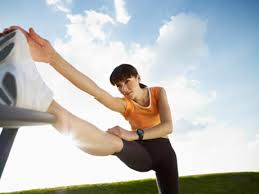
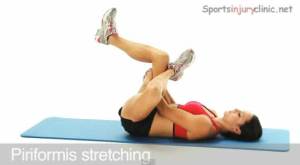
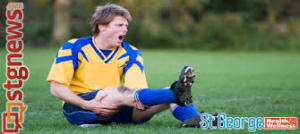
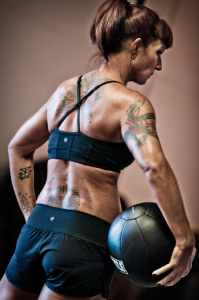
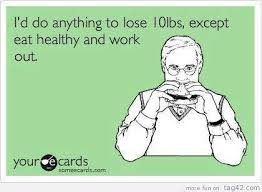

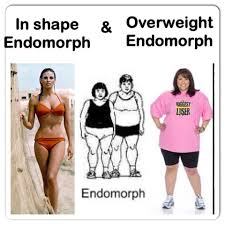
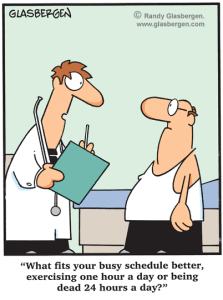
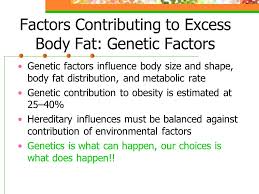

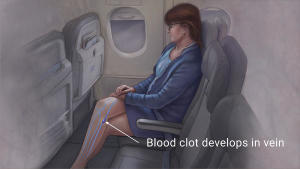

 I am in the middle of what they call splits: controlled small movements monitored for form, lasting until the muscles in use fatigue completely, about 4 1/2 minutes. Efficient and not damaging to joints. Can you see that it’s 25 lbs in each hand?
I am in the middle of what they call splits: controlled small movements monitored for form, lasting until the muscles in use fatigue completely, about 4 1/2 minutes. Efficient and not damaging to joints. Can you see that it’s 25 lbs in each hand?

